Scientists Discovered a Real-Life "Death Pool" on the Bottom of the Sea. It Kills Everything That Swims Into It
Predators wait near the pool to "feed on the unlucky.”
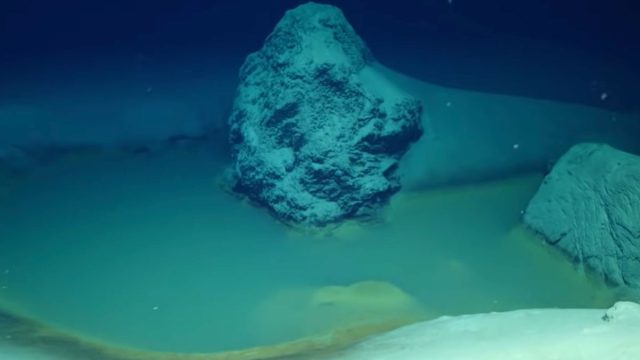
Sharks may have some competition for the most terrifying occupant of the oceans. Scientists have discovered a 100-foot-long brine pool at the bottom of the Red Sea that kills everything that swims into it. There are just a few dozen deep-sea brine pools in the world. They contain so little oxygen and so much salt that they're "among the most extreme environments on Earth," says Live Science.
Found in just three bodies of water—the Gulf of Mexico, the Mediterranean Sea and the Red Sea—they range in size from a few thousand square feet to nearly a square mile. But scientists aren't just interested in the pools because of their murderous tendencies. Deep-sea brine pools may lead to the development of new medicines and explain centuries of environmental patterns. They could even shed light on the origins of life on Earth, a new study says.
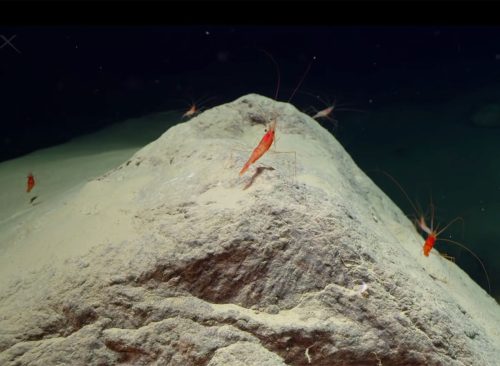
The 107,000-square-foot pool in the Red Sea was discovered in 2020 by University of Miami researchers who were using a remote-controlled underwater vehicle to explore the northern pocket of the Red Sea. Situated 1.1 miles beneath the surface, the pool contains no oxygen and a high level of brine, a solution so salty it can be deadly to marine life.
"Any animal that strays into the brine is immediately stunned or killed," said lead researcher Sam Purkis. "Fish, shrimp and eels appear to use the brine to hunt." Some of those predators wait near the pool to "feed on the unlucky," he added.

Wildly enough, experts believe human life began in underwater regions similar to these inhospitable pools. "Our current understanding is that life originated on Earth in the deep sea, almost certainly in anoxic—without oxygen—conditions," said Sam Purkis, lead author of the study and a professor of marine geosciences at the University of Miami. "Deep-sea brine pools are a great analog for the early Earth and, despite being devoid of oxygen and hypersaline, are teeming with a rich community of so-called 'extremophile' microbes," he added.
"Studying this community hence allows a glimpse into the sort of conditions where life first appeared on our planet, and might guide the search for life on other 'water worlds' in our solar system and beyond." These pools might also contribute to the development of new medications, said Purkis, noting that molecules with antibacterial and anticancer properties have been found in deep-sea brine pools.
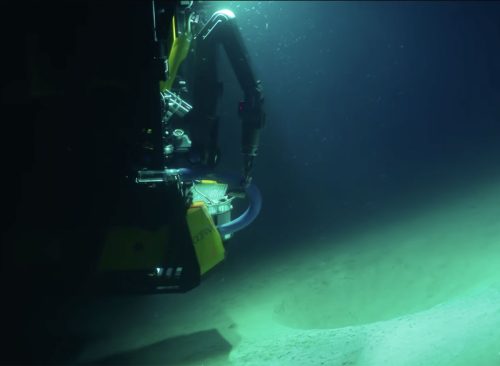
The Red Sea contains the highest known number of deep-sea brine pools. Most of them sat at least 15.5 miles offshore. But in 2020, scientists found the first of these death pools in the Gulf of Aqaba, a northern pocket of the Red Sea, just 1.25 miles from shore.
The researchers discovered the pools a mile beneath the surface using OceanX's remotely operated research vessel OceanXplorer. "At this great depth, there is ordinarily not much life on the seabed," said Purkis. "However, the brine pools are a rich oasis of life. Thick carpets of microbes support a diverse suite of animals."
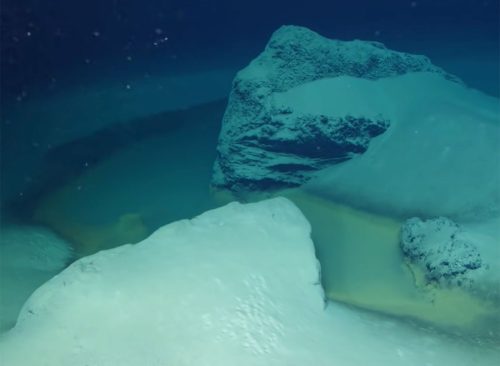
The pools are so close to the coast that they may contain runoff from land. Those minerals and elements may hold centuries of evidence of tsunamis, floods, and earthquakes nearby, said Purkis. Samples taken from the newly discovered brine pools "represent an unbroken record of past rainfall in the region, stretching back more than 1,000 years, plus records of earthquakes and tsunami," said Purkis.
Their findings suggest that in the past 1,000 years, major floods from serious rain occurred there every 25 years, and tsunamis happen about once a century.
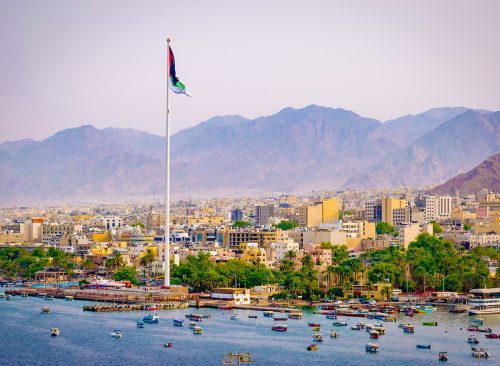
These findings may hold "very important lessons for the massive infrastructure projects that are presently being built on the coastline of the Gulf of Aqaba," said Purkis. "Whereas the coastline of the Gulf of Aqaba has traditionally been sparsely populated, it is now urbanizing at an astounding rate."
So the killer pools just might redeem themselves by preventing future loss of human life. "We aim to work with the other countries that border the Gulf of Aqaba to widen the assessment of earthquake and tsunami risk," said Purkis. "We hope to return to the brine pools with more sophisticated coring equipment to try to extend our reconstruction back beyond 1,000 years, deeper into antiquity."














